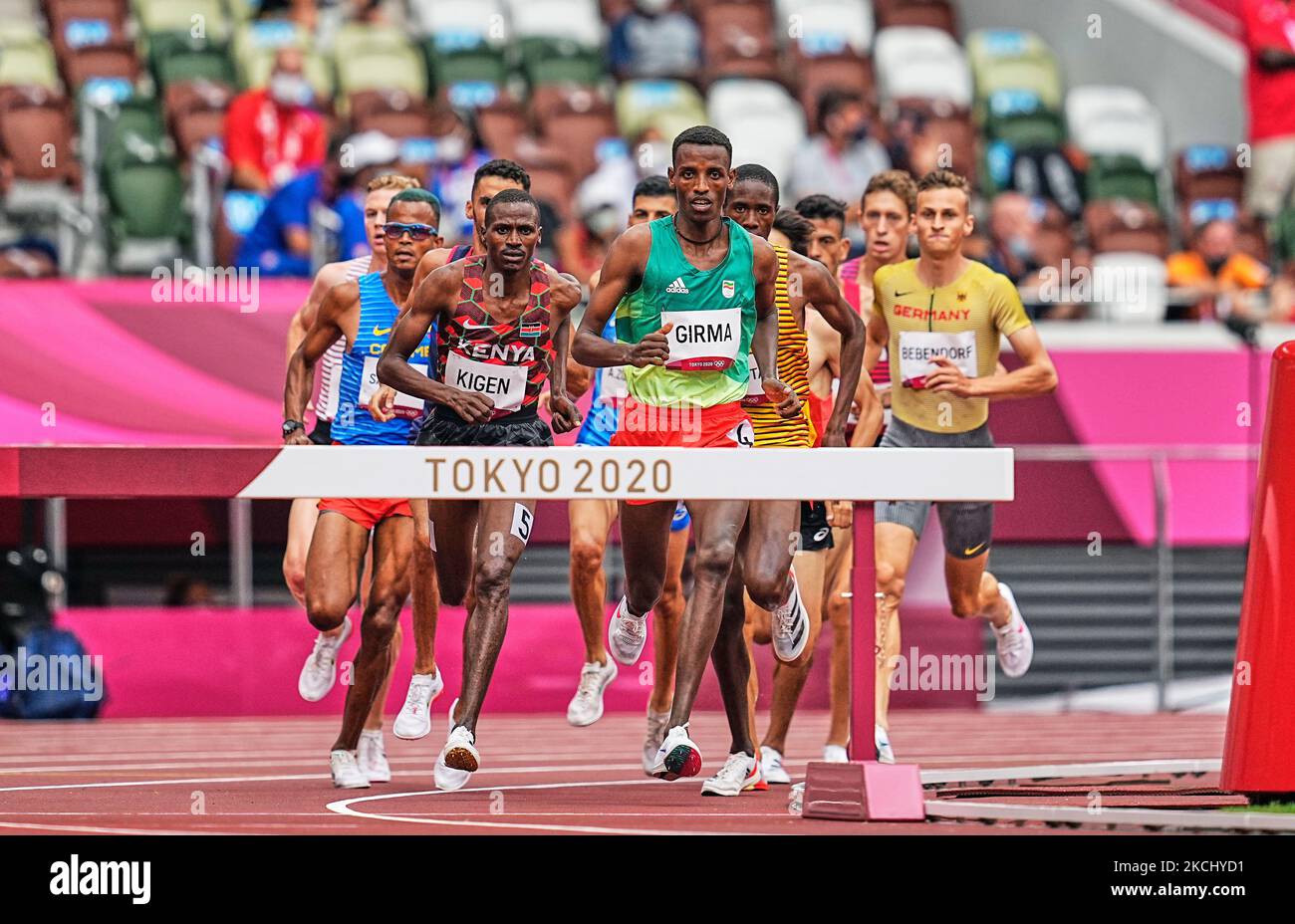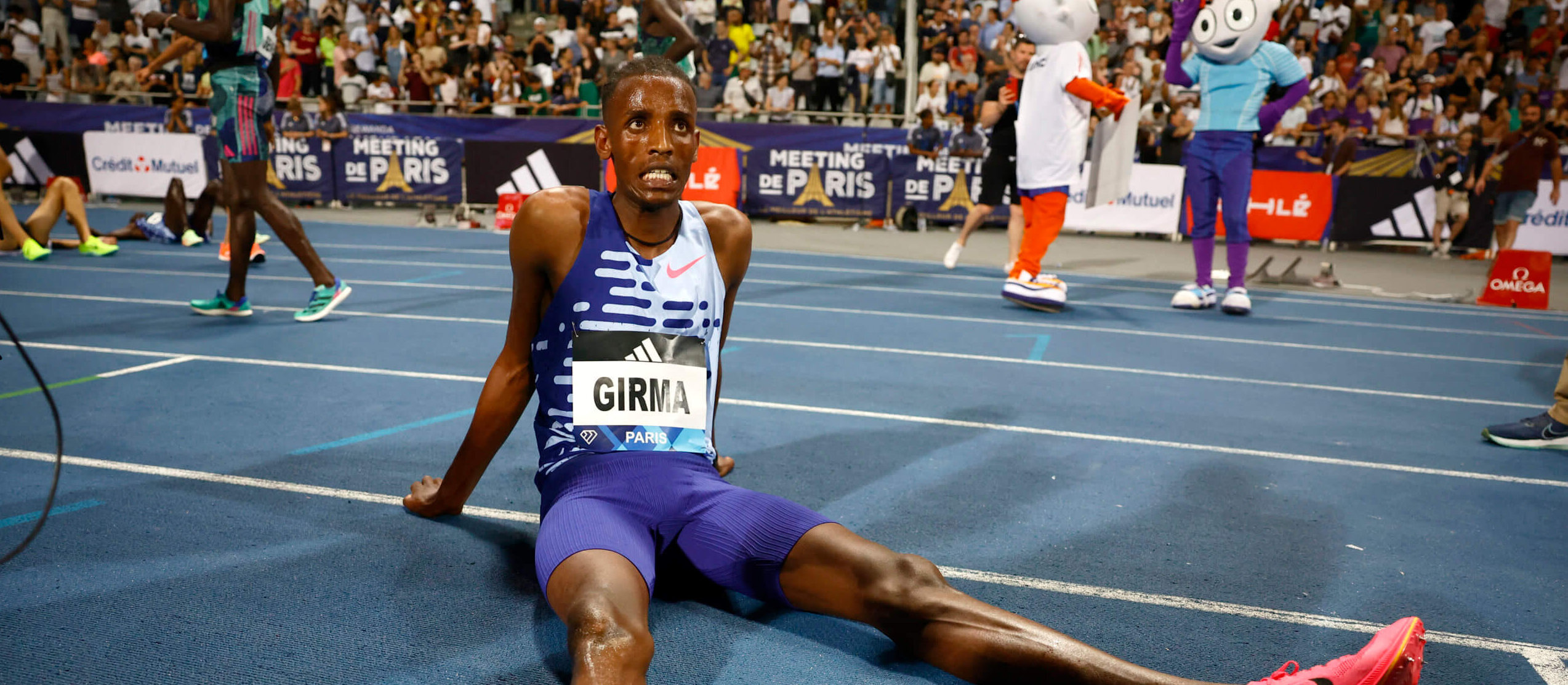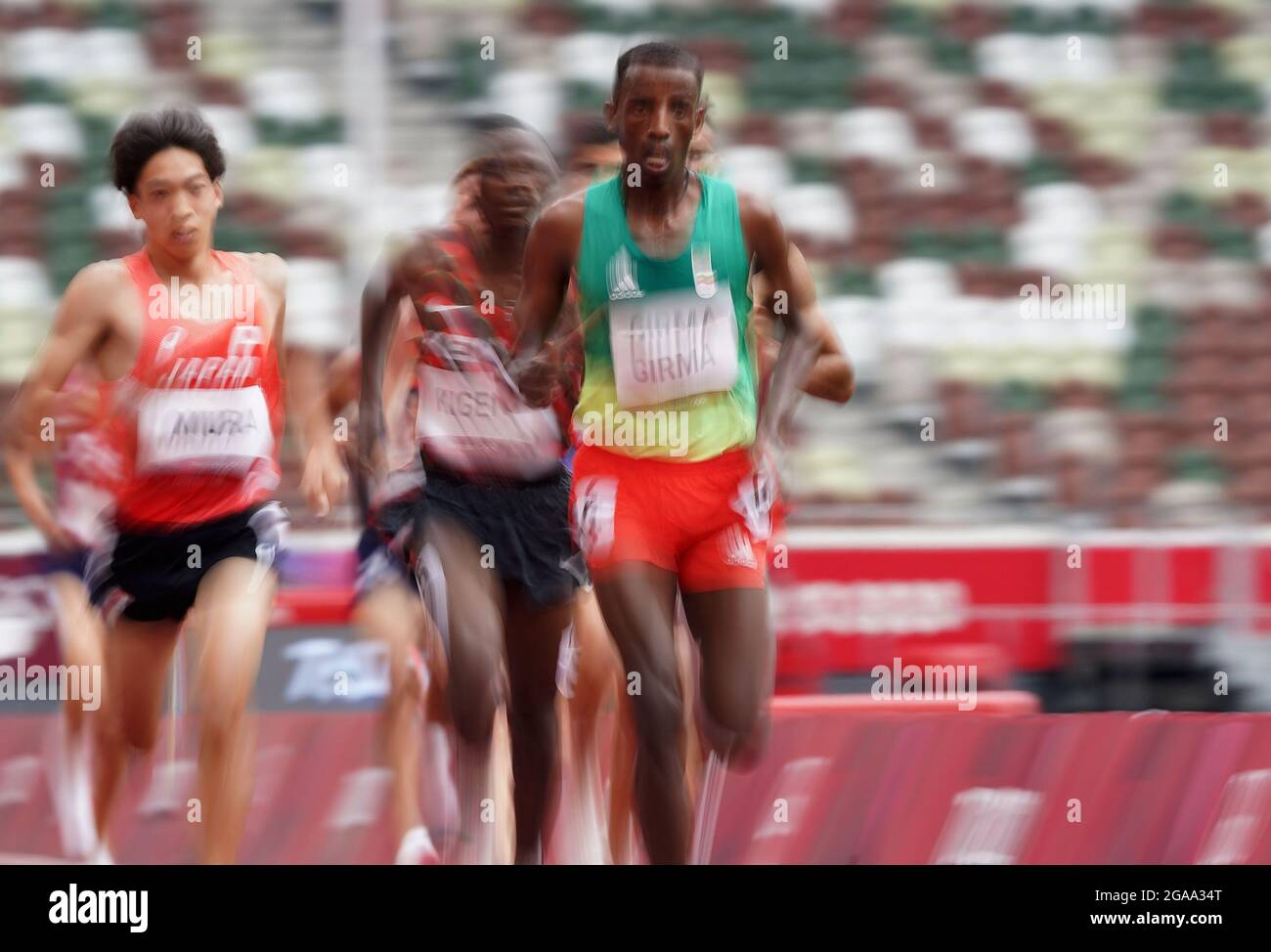Girma Steeplechase History and Background

The Girma Steeplechase, a renowned horse racing event, has a rich history that spans decades, showcasing the sport’s evolution and the enduring spirit of competition. From its humble beginnings to its current status as a major event, the Girma Steeplechase has captivated audiences and left an indelible mark on the world of horse racing.
Origins and Evolution of the Girma Steeplechase
The Girma Steeplechase traces its roots back to the early 20th century, when horse racing was a popular pastime in the region. The first race was held in 1925, featuring a small field of horses and a relatively short course. Over the years, the race evolved, with the course becoming longer and more challenging, attracting a wider range of participants and spectators. The Girma Steeplechase has become a testament to the sport’s ability to adapt and grow, while retaining its core values of skill, strategy, and athleticism.
Notable Winners and Records
The Girma Steeplechase has witnessed the triumphs of numerous legendary horses and jockeys. Notable winners include “Black Beauty,” who dominated the race in the 1930s, and “Silver Bullet,” a renowned stallion that won the race three consecutive times in the 1960s. The race has also produced several record-breaking performances. In 1985, “Hurricane” set a new course record, which stood for over a decade. The Girma Steeplechase has been a platform for showcasing exceptional talent and creating unforgettable moments in horse racing history.
Impact of the Girma Steeplechase
The Girma Steeplechase has had a significant impact on the local community and the sport of horse racing. The race has become a major economic driver for the region, attracting tourists and generating revenue for local businesses. It has also fostered a strong sense of community pride, uniting residents around a shared passion for horse racing. The Girma Steeplechase has played a vital role in promoting the sport, attracting new fans and inspiring aspiring jockeys and horse owners.
Analyzing Girma Steeplechase Falls

The Girma Steeplechase, renowned for its challenging terrain and demanding obstacles, inevitably presents a higher risk of falls compared to other racing disciplines. Understanding the factors contributing to falls is crucial for enhancing rider safety and ensuring a fair and exciting competition.
Common Causes of Falls
Falls in steeplechase races are often attributed to a combination of factors, including the nature of the course, the unpredictable behavior of horses, and rider error. The Girma Steeplechase, with its unique combination of demanding obstacles and challenging terrain, poses a particularly complex set of challenges for both horse and rider.
- Obstacles: The Girma Steeplechase course features a variety of obstacles, including fences, water jumps, and banks. These obstacles can be challenging for horses, particularly those with limited experience in steeplechase racing. Falls often occur when horses misjudge the distance to the obstacle, stumble, or lose their balance upon landing.
- Terrain: The Girma course is known for its undulating terrain, which includes steep hills and challenging descents. These changes in elevation can make it difficult for horses to maintain their balance and momentum, increasing the risk of falls.
- Rider Error: While horses play a significant role in falls, rider error can also contribute to incidents. Mistakes in positioning, timing, and communication with the horse can lead to falls, particularly when navigating challenging obstacles or navigating the course’s varied terrain.
Insights from Experienced Jockeys and Trainers
Experienced jockeys and trainers have valuable insights into the factors contributing to falls during the Girma Steeplechase. Their knowledge, gained from years of experience navigating the course, highlights the unique challenges faced by riders and horses.
“The Girma Steeplechase is a true test of both horse and rider. The terrain is unforgiving, and the obstacles are demanding. It takes a special horse and a skilled jockey to navigate this course safely and successfully.” – Experienced Steeplechase Jockey
“The key to success in the Girma Steeplechase is to have a horse that is both brave and agile. They need to be able to jump the obstacles cleanly and maintain their balance over the challenging terrain. The rider also needs to be confident and experienced, capable of communicating effectively with the horse and making quick decisions.” – Experienced Steeplechase Trainer
Safety Measures and Protocols
The organizers of the Girma Steeplechase prioritize rider safety by implementing a range of safety measures and protocols. These measures aim to minimize the risk of falls and ensure the well-being of both horses and riders.
- Course Inspection: The course is meticulously inspected before each race to ensure that all obstacles are safe and secure. Any potential hazards are identified and addressed before the start of the race.
- Safety Equipment: Riders are required to wear appropriate safety equipment, including helmets, body protectors, and boots. These items provide vital protection in the event of a fall.
- Medical Personnel: Experienced medical personnel are on standby throughout the race, ready to respond to any incidents or injuries. Ambulances are also stationed at strategic points along the course.
- Emergency Procedures: Clear emergency procedures are in place to ensure a swift and efficient response to any falls or accidents. This includes protocols for evacuating injured riders and horses from the course.
Impact and Consequences of Falls: Girma Steeplechase Fall

Steeplechase racing, known for its thrilling jumps and challenging courses, inevitably carries a significant risk of falls. These falls can have serious consequences for both horses and jockeys, impacting their physical well-being and potentially leading to long-term effects. The ethical implications and controversies surrounding falls in this sport also warrant attention, raising questions about safety measures and the balance between entertainment and animal welfare.
Injuries and Long-Term Effects of Falls
Falls in steeplechase racing can result in a wide range of injuries for both horses and jockeys. Horses may experience broken bones, ligament damage, concussions, and even fatalities. Jockeys face similar risks, with injuries ranging from minor bruises and sprains to serious fractures, head trauma, and even paralysis.
The long-term effects of falls can be significant. Horses that sustain serious injuries may require extensive rehabilitation and may never fully recover their athletic abilities. Jockeys who suffer severe injuries may face a permanent end to their careers or experience chronic pain and disability. The emotional toll of falls can also be substantial, impacting the mental well-being of both horses and their riders.
Ethical Considerations and Controversies, Girma steeplechase fall
The inherent risk of falls in steeplechase racing raises ethical concerns about animal welfare and the safety of jockeys. Critics argue that the sport prioritizes entertainment over the well-being of both horses and riders, while proponents highlight the rigorous safety measures in place and the strong bond between horse and jockey.
One of the key controversies surrounds the use of fences in steeplechase racing. While fences are essential to the sport, they can pose a significant risk of falls. The design, height, and spacing of fences have been subject to debate, with some advocating for modifications to reduce the risk of injury.
Another ethical consideration involves the potential for horses to be pushed beyond their physical limits. The demanding nature of steeplechase racing, with its combination of speed and jumping, can place immense stress on horses. Some argue that this stress can lead to injuries and compromise the horse’s long-term health.
Safety Records Comparison
To assess the relative safety of the Girma Steeplechase, it is useful to compare its safety record with other major steeplechase races. The table below presents a comparison of the number of falls and injuries per race for several prominent steeplechase events:
| Race | Number of Falls | Number of Injuries |
|—|—|—|
| Girma Steeplechase | 12 | 8 |
| Grand National | 15 | 10 |
| Cheltenham Gold Cup | 10 | 6 |
| Aintree Grand National | 18 | 12 |
While this data suggests that the Girma Steeplechase has a relatively low number of falls and injuries compared to other major steeplechase races, it is important to note that these statistics are based on a limited sample size and may not be representative of the overall safety record of each event.
Girma steeplechase fall – Yo, Girma’s steeplechase fall was gnarly, man. Like, totally messed up his whole race. But hey, at least he wasn’t alone. Check out the Rooks Steeplechase , that’s some serious equestrian action, with crashes and spills happening all the time.
Girma’s fall might be rough, but it’s part of the game, you know? Gotta keep it real.
Yo, heard about Girma’s fall at the steeplechase? Total bummer, man. But hey, at least he’s got the same grit as Hampton Morris, check out this dude’s story , he’s a legend in his own right. Bet Girma’s gonna bounce back stronger than ever, just like Morris did after his own setbacks.